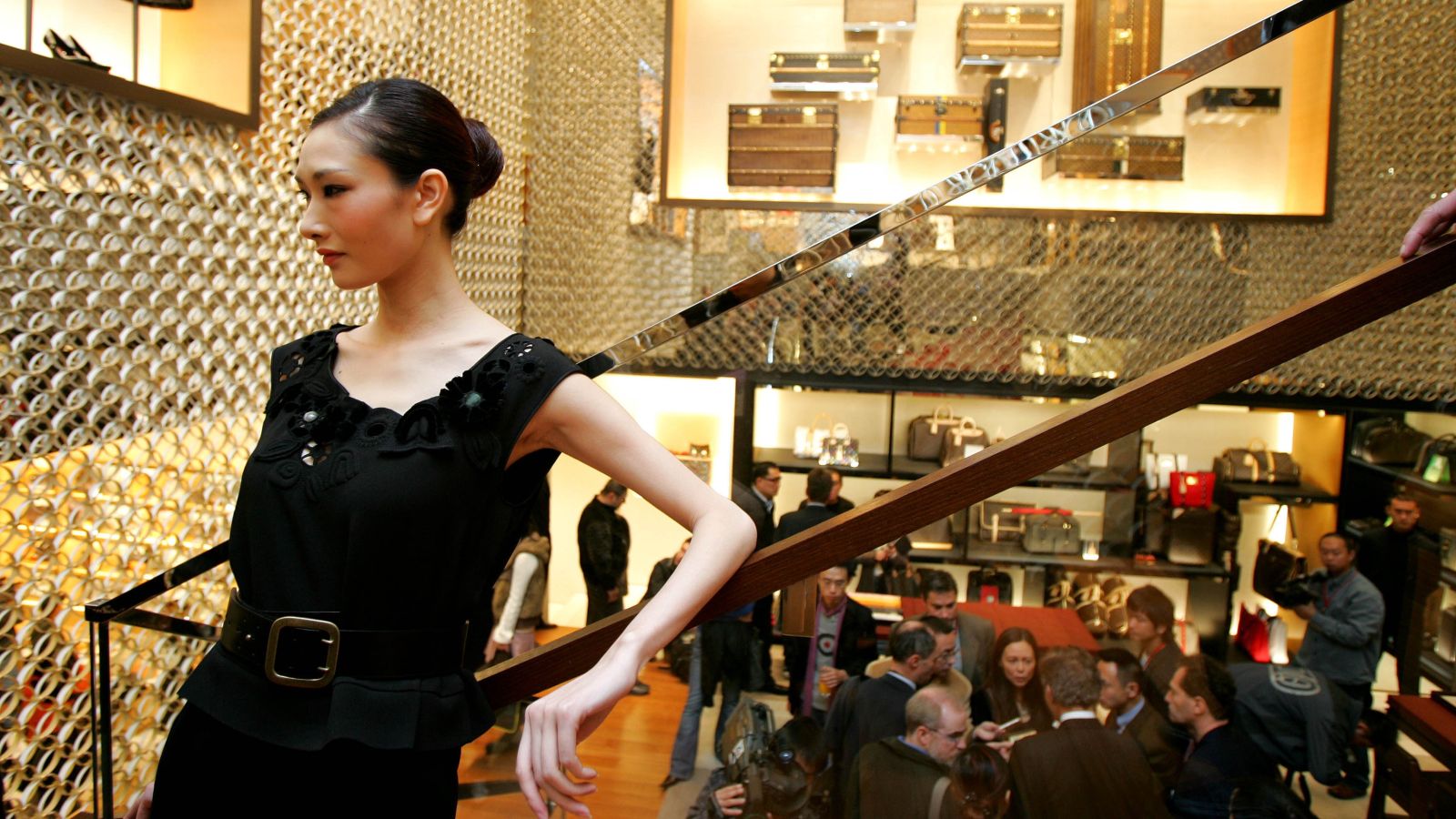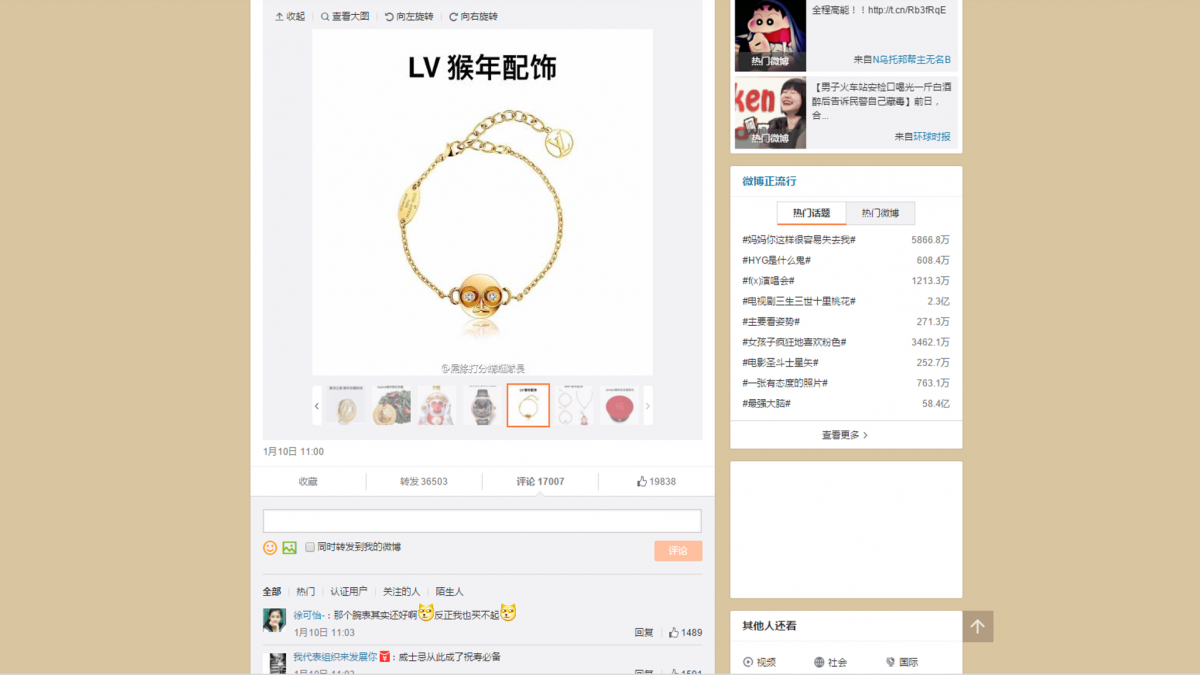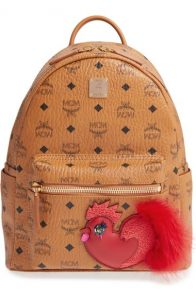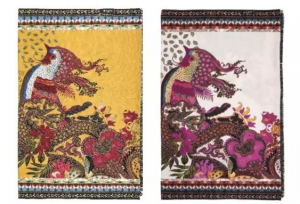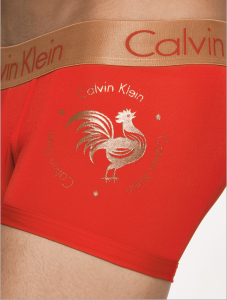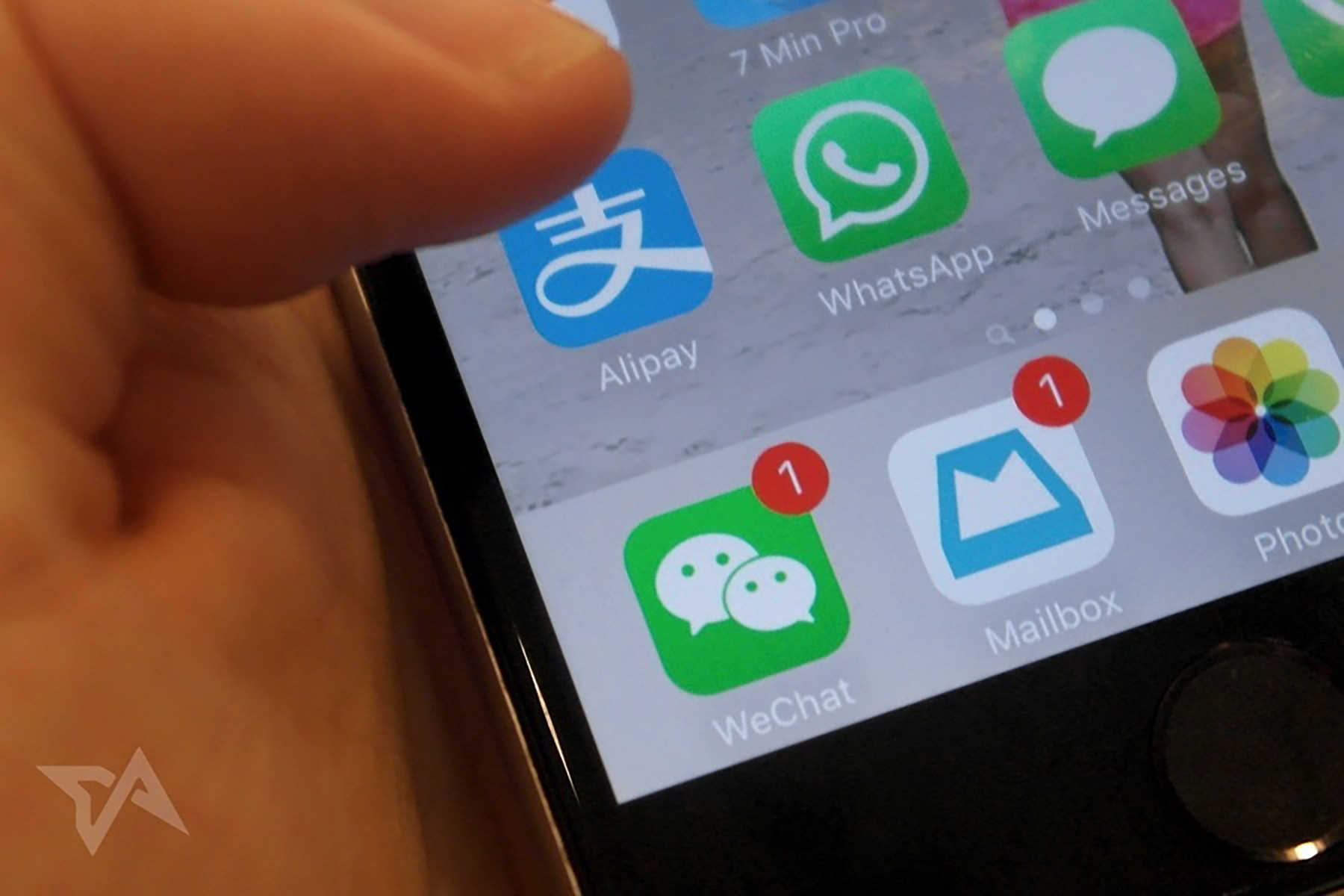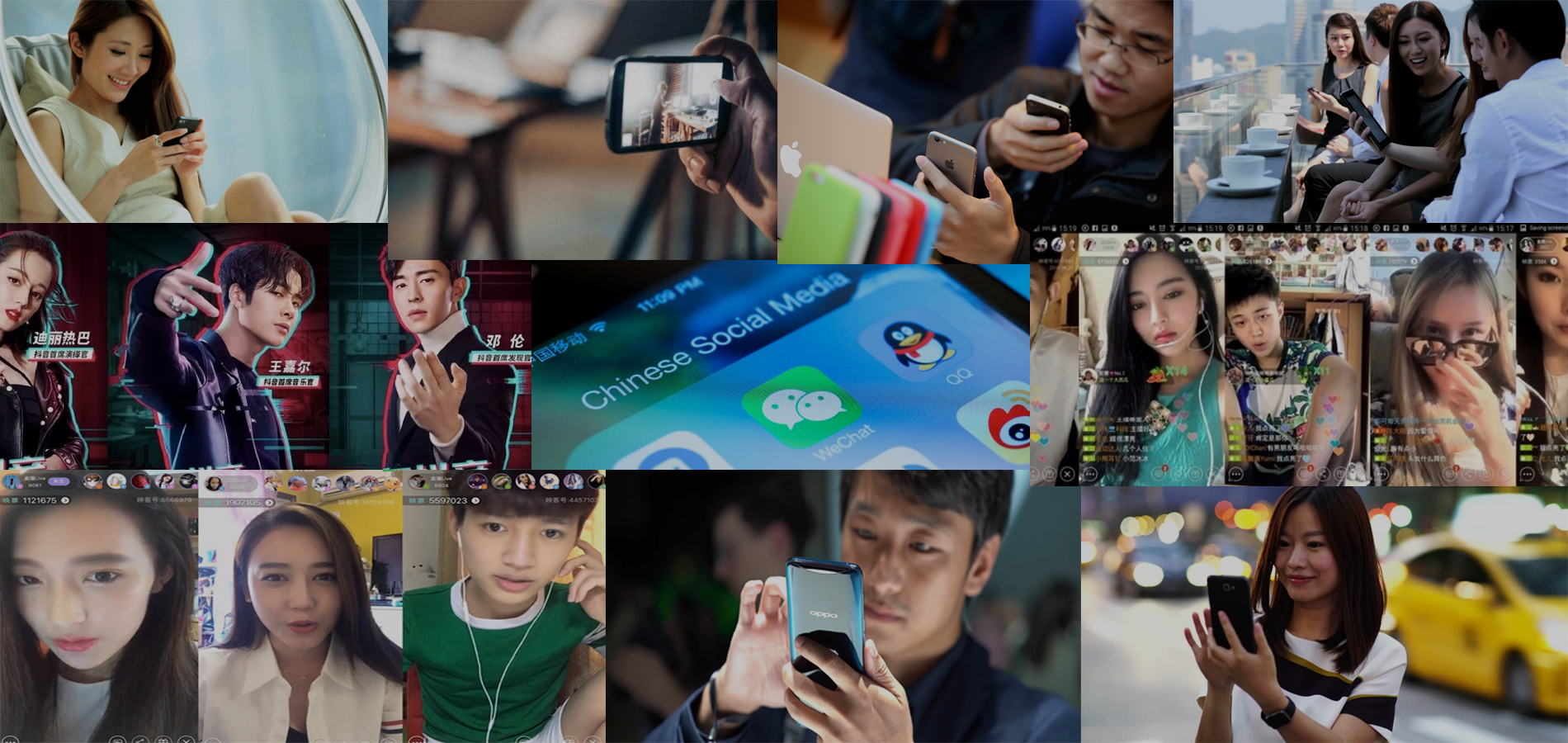What happens when Chinese consumers become more selective with their purchasing?
Chinese consumers grow more and more sophisticated each year (the progression of technology and accessibility to information through media). As such, many high-end brands have gone under heavy criticism from Chinese media as consumers that once would have bought anything with a popular brand name, become more specific and nuanced in their choices. Brands include:
- Louis Vuitton
- Dior
- Victoria’s Secret
- Calvin Klein
- ETRO
- Piaget
One example being 2016’s incredible Year Of The Monkey flop, with an article on Forbes shining light on countless social media commentators and users that went as far as to ridicule the brands and their designs:
- One viral Weibo post mocking the pricey exclusives, collected over 30,000 views and a trail of micro-bloggers’ comments that range from amused to personally offended:
- These designers didn’t understand the true value of Chinese culture. They’re defrauding Chinese customers by selling their so-called ‘Chinese style’.”
- “These foreigners are trying extra hard to earn our money.”
- “All of them look like knock-offs.”
With 2016’s New Year blunder still fresh in people’s minds, brands must carefully consider what high-end Chinese consumers want to prevent their efforts from going astray during the holiday season.
Misinterpreting the Chinese culture
One of the main instances of dissatisfaction is when the consumer feels as if the designer is misinterpreting or misunderstanding Chinese culture.
- Concern was raised online when lingerie brand Victoria’s Secret sent dragon-decorated supermodels to the runway during its annual 2017 show.
- Another case is ETRO’s Chinese New Year-themed scarf, showing a phoenix pattern. Even the famous Chinese handbag guru and famous fashion blogger Mr. Bags, commented he was not sure whether the designers could not tell the difference between a phoenix and a rooster.
- One user commented on MCM’s rooster-embroidered handbag, stating, “red, gold, and zodiac signs are symbols of Chinese New Year, but why do they [luxury brands] believe we want to carry a bag with a zodiac animal all year round?”
Products being mistaken for counterfeit
Lack of respect for culture or creativity aside, one thing that brands should definitely avoid in their marketing strategies for the coming year is to have designs that could be mistaken for counterfeits. Young luxury buyers, in particular, can be scared away by the thought that these items can also be purchased on platforms such as Alibaba’s Taobao at a much cheaper price.
- Calvin Klein’s New Year themed products is a good example. One commentator declares on Weibo, “If I spent that much amount of money on it, why would I want to buy something that looks like a fake?”
- Another user said, “The design is so tacky. CK might still think Chinese consumers are as tasteless as they were like 20 years ago, but the young generation is truly the opposite!”
- Similarly, Dolce & Gabbana’s rooster jacket also attracted controversial reviews. A Weibo user joked that the item is “the next best-selling piece on Taobao,” referring to the fact that the best-sellers on Taobao end up with hundreds and thousands of online stores stealing the design and selling counterfeits.
So what can we gather from all this? Well one thing’s for certain. The new generations of Chinese consumers will not be satisfied by weak attempts in integrating culture into products. So designers across the world will have to be more creative and genuine in their efforts if they want their products to be safe from the lively criticism of Chinese consumers on the internet.
If you enjoyed reading this and would like to read more luxury related content, feel free to take a look at our Luxury Case Studies Library!



